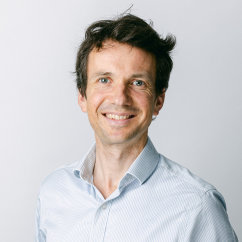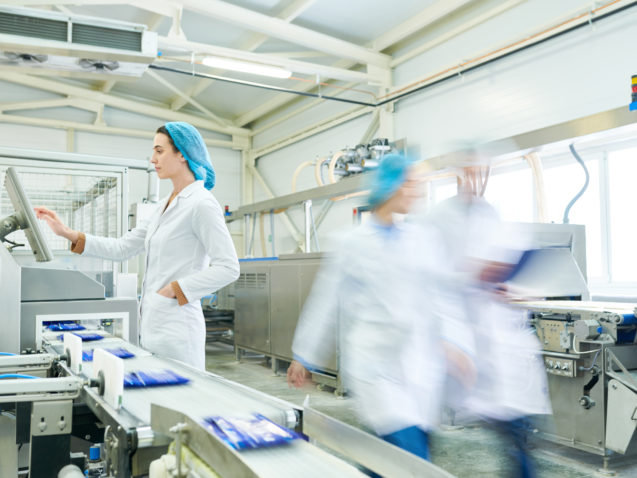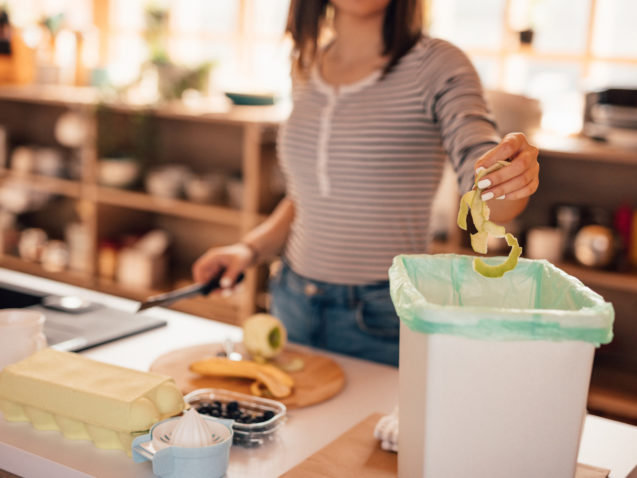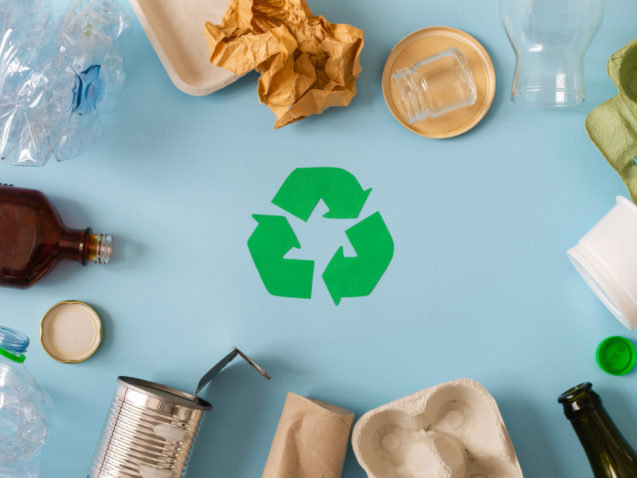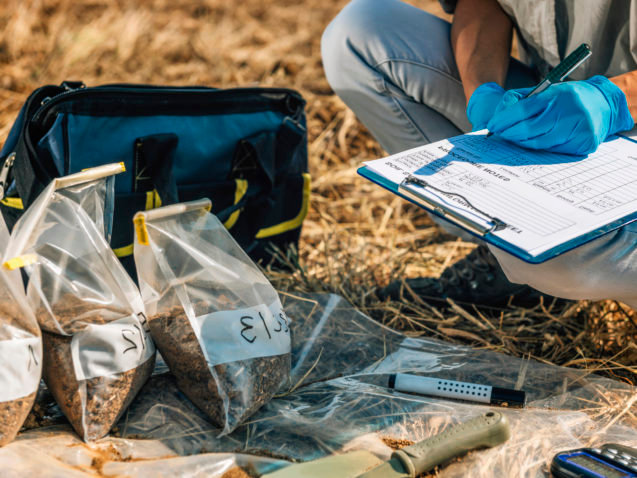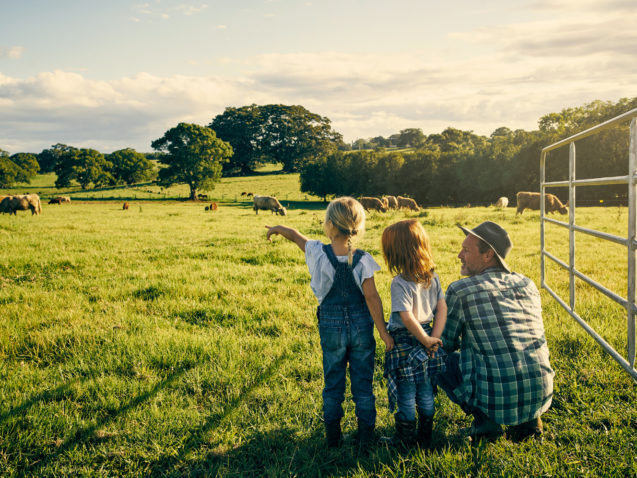The materials used to package everyday consumables including food, drinks and cosmetics are in the spotlight like never before. None more so than plastics with less than 10% of today’s global plastic being recycled. A shift to more sustainable packaging is premised on creating a closed loop system of collection, recycling, and re-use alongside innovation to ensure any new materials used are from renewable sources.
Here we speak with Bruno Van Gompel, technical and supply chain director for Western Europe at The Coca-Cola Company, about how material use has evolved over the past century, what innovation is on the horizon and his best ideas for solving ‘the plastic problem’.
Can you start by telling us a bit about the history of packaging materials used by Coca-Cola?
Coke actually started life package-less. What happened was Pemberton [Dr John Pemberton – the inventor of Coca-Cola in 1886] made a syrup in a pharmacy where it was then diluted with soda water and that became your drink. A couple of years later the rights to bottle Coca-Cola were sold for $1. So basically, the whole focus in the beginning was on selling syrup at pharmacies and these kinds of outlets. The only material present at that time was glass. The disadvantage of glass is that it’s heavy, if it breaks it can cause damage and it’s costly too, in that it uses a lot of materials.
The first cans used can’t be compared to the ones we use today. The early ones were made out of three pieces where you had a cylinder and a bottom and top and you had to glue them together. The advantage of cans is that they are lighter and easier to recycle, but you cannot make large cans. The first plastic bottles weighed three times what they do today, but they were still light, unbreakable, hygienic, and convenient to the consumer.
Is there any uniformity in the materials used in packaging across the world?
Across the world you see the same trend for resource-efficiency and less plastic. The pressure and speed of change in Europe is particularly high. In general, we are using the same packaging-types across the world, but packaging-innovation is more local than it is global.
As part of our global vision for a World Without Waste, we have a goal to ensure that 100% of our packaging globally is recyclable by 2025. In Western Europe, I’ll only allow products to be launched in a country if they can be recycled in that country itself. That’s not yet the case in every single market across the globe but we’re making progress.
Our vision for a World Without Waste includes a goal to ensure that 100% of our packaging globally is recyclable by 2025.
When you first started working in the industry in the 1990s what exciting innovations were around?
When I started, innovation across both products and packaging was relatively limited, compared to the standard and speed of progress today. We were still mainly focused on soft drinks, and innovation was largely centered around initiatives like new artwork, graphics on a pack, an extension of the Fanta range or light weighting of polyethylene terephthalate (PET).
It was very centrally driven, whilst today, as we have evolved to being a total beverage company with coffees, teas, juices and plant-based drinks in our portfolio, it’s almost the opposite. Innovation is very often locally driven both for products and packaging, which means that we are able to “lift, shift and scale” ideas from all over the world. The freedom for everyone across the company is there to innovate if you can make a business case in line with our strategy for responsible growth.
How do you see the problem of plastic use today and what do you see as the solution?
Collection is key: we don’t want to see our packaging end up in places where it shouldn’t be. We need it back as a valuable resource in a circular economy. Theoretically, it’s perfectly possible to make closed loop systems with packaging material. Collectively, we have allowed packaging to be disposed of in ways that were not correct, and we did not give a lot of value to getting packaging back. That has changed and work is ongoing.
We don’t want to see our packaging end up in places where it shouldn’t be. We need it back as a valuable resource in a circular economy
Today, in Western Europe, we get back 77% of the packaging we put in the market and our target is to get to 100% collection by 2030 globally. In many European markets we will hit that target as early as 2025, but we need to work with industry and government in order to make that possible because we cannot do that on our own. In Europe we are supportive of well-designed deposit return schemes where effective alternatives don’t already exist, as they are proven to help attain very high collection targets for our beverage packaging.
If PET was banned tomorrow, it would not solve the packaging waste problem, because you would see a switch to other types of packaging that might be littered as well. Every material has advantages and disadvantages. If packaging is not collected it is always a problem. The most important thing for me is to make sure you get every package back and that the full life cycle of the packaging – including its carbon footprint – is considered. With a closed loop system, you don’t have the problem of litter or wasted materials and the carbon footprint of the packaging can be reduced.
What’s your vision for the future of materials and packaging?
Of course, everyone is looking for the Holy Grail, but I don’t believe one ideal packaging form exists. I am a firm believer that we have to look at consumption occasions and use the best suited packaging type for each of these. Our aim is to use as little packaging material as possible, thus also reducing the carbon footprint of the package and to ensure that we collect all of our packaging back, so that it can be recycled or used again.
Our aim is to use as little packaging material as possible thus also reducing the carbon footprint
Recycled PET has a lower carbon-footprint than aluminium cans or glass because you need a lot of energy to melt glass or aluminium to make the bottles and shapes. But when you convert these fossil-fuel ovens to green electricity, all of a sudden a package that was high in carbon because of energy use becomes a lot lower, so we need to accelerate progress in all areas in parallel.
In Sweden all of our beverages across our entire locally-produced portfolio now come in bottles made up of 100% recycled PET, using no virgin oil-based PET at all. Across the rest of Western Europe, we have also stated our ambition to eliminate the use of virgin oil-based PET in all of our plastic bottles, using only recycled materials. I believe that is achievable, as we work towards 100% collection and continue to innovate in new recycling technologies that will increase the supply of high-quality, food grade recycled PET available to industry.
Could you envisage a future of no, or significantly less, packaging?
You could ask why do we need packaging at all? Well, food waste is an important problem from many angles, including from a carbon footprint perspective, and packaging helps to avoid wasting food.
We support the goals for a more resource-efficient Europe and using less packaging material will have a significant and positive impact in helping us to achieve carbon neutrality. So, we are on a journey to remove all unnecessary or hard-to-recycle packaging from our portfolio. We already have an important part of our business which is dispensed and package-free but we can do more here as well.
Food waste is an important problem from many angles, including from a carbon footprint perspective, and packaging helps avoid it
We currently have about 2,500 machines available in outlets across Europe where people can serve themselves their drink of choice, using refillable cups. We are looking to expand these package-free options as we believe they’ll have an important role in the future, ensuring we are using less packaging where we can, whilst working to ensure that the packaging we do use is fully circular.
So how do you see plastic material use evolving over the next 5-10 years?
We’ve set clear, time-bound goals for our business in Europe, working towards a fully circular economy for our packaging. These are in line with – and go further than – the targets set by the EU’s single use plastics directive: across leading markets in Europe we’ll collect 100% of our packaging by 2025 and use 50% recycled plastic in our bottles by 2023. Our goal is to accelerate to 100% recycled or renewable material after that, eliminating the use of virgin oil-based PET in our bottles altogether and reducing the carbon footprint of our bottles in parallel.
Our goal is eliminate the use of virgin oil-based PET in our bottles altogether
My vision on PET would be for it to be a very high percentage recycled material, with the rest coming from renewable sources. And obviously we’ll need to continue investing in innovation in both areas. In 2019 we unveiled our first ever sample bottle made using recovered and recycled marine plastics. This bottle was developed to show the transformational potential of ‘enhanced recycling’ technologies, which can recycle previously used plastics of any quality back to the high-quality needed for food or drinks packaging. This can prevent lower grade plastics going to incineration or landfill, whilst simultaneously boosting the supply of recycled PET available for industry and reducing reliance on virgin oiled-based PET. This is very exciting.



